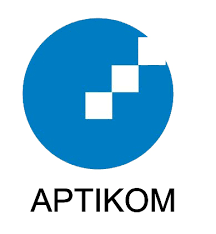Development of Desktop-Based Employee Payroll: A Case Study on PT. Bio Pilar Utama
DOI:
https://doi.org/10.18196/eist.v4i2.20732Keywords:
Employee, Information System, Payroll, Report, Visual BasicAbstract
As a result of periodic shifts, technological advancements are becoming more varied. The payroll system for employees is one of them. Payroll must follow the company’s standard operating procedures (SOP) to determine several issues. Thus, the system can be customized to match the company’s specific needs and SOP. The administration and finance departments encounter difficulty processing employee payroll due to frequent errors in employee data entry, including position, department, income, and deductions. The absence of a payroll information system that can reliably and rapidly calculate employee salaries and provide timely reports has become the primary source of the difficulty. The designed employee payroll information system only processed PT. Bio Pilar Utama’s payroll data. Facilitating the administration and finance departments to input data, calculate salaries, store data, and generate reports on employee payroll could be achieved through the newly developed employee payroll information system.
References
Agus Mulyanto. 2009. “Information Systems Concepts and Applications” (In Indonesian) Student Library. Yogyakarta.
Pratama, I. P. A. E. 2014. “Information Systems and Their Implementation” (In Indonesian). Bandung: Informatika.
Sutanta, Edhy. 2014. “Database System Analysis” (In Indonesian). Yogyakarta: Andi Publisher.
Rahmawati, M. S., & Purnamasari, A. R. 2018. “Desktop Based Lodging Information System Design at A2Hay Lodging Journal of Information and Security Engineering” (In Indonesian), 4(2), 38–50.
Kusumo. 2016. “Administration SQL Server 2014” (In Indonesian). Jakarta. PT. Elex Media Komputindo.
Nugroho, Adi. 2009. “Software Engineering Using UML & Java” (In Indonesian). Andi Offset : Yogyakarta.



